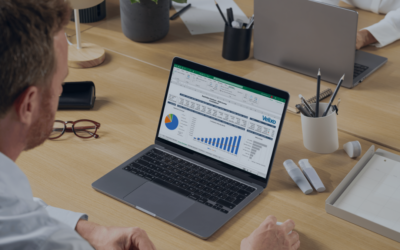When you think about the factory of the future, you might think of robots running the floor, or AI running the entire enterprise, even. While that may one day be a reality, there is a more realistic “factory of the future” happening today. This new vision for the factory uses solutions such as ERP to make factories more productive. The factory of the future is not just about streamlining the manufacturing process. It is also about giving your employees the tools they need to work better and more efficiently themselves. How can you build one?
Prepare
Most of your work should go into the planning stage. How long this stage will take will depend on the scale of your project. What systems and processes are you changing? Working with an ERP consultant can ensure you tick these boxes. At each stage, include your staff. They are one of the best resources for deciding what needs to stay, what needs to go, and what needs to be transformed.
Once you have your plan in place, sit down with your team and review it point by point. Set a realistic start date, as well as dates for smaller stages throughout the larger project. Check in with everyone involved so that they know what they are doing and when.
Going Live
Once you’ve done the extensive work of preparing, you will need to organize your go-live day. Having a point person on hand as a project lead is essential. They will orchestrate the implementation of your new solution, make sure everyone is on task, and delegate new tasks as needed. A project lead can be an internal team member, and they can work in partnership with a project manager from your ERP consultancy.
On go-live day, prepare yourself for things to happen. You can navigate any last-minute changes if you have done your work in the preparatory stage. Document any adjustments that take place so that you can review them and re-assess down the road.
Review
In the days after launch, review what happened the day of. What last-minute changes took place? Is there follow-up that needs to accommodate this change? Talk to everyone who was involved as well. How did they feel about the go-live? Did they feel it brought value to their workflow? Do they see room for more adjustments? Again, your employees will be key partners, and they are the best resource for perfecting your factory of the future.
Ongoing Improvements
Finally, you want to make sure that you continue to pursue new opportunities for improvement as your factory of the future moves forward. It is important, too, to ensure that you stay on top of updates to your ERP system so that it works well and securely.
The factory of the future is well within reach with the right planning and team. To start the process, contact an experienced ERP consultancy team today. If you are ready to take your own transformational steps at your manufacturing company, download this eBook to learn more about how to build the factory of the future.



